The OnePlus 6 Review: Among The Best Of 2018
by Andrei Frumusanu on July 27, 2018 8:30 AM EST- Posted in
- Mobile
- Smartphones
- OnePlus
- OnePlus 6
Software UI - OxygenOS 5.1
As noted in the introduction, I haven’t had the opportunity to spend much time with OnePlus devices in the past so OxygenOS is also naturally something I haven’t had much experience with. OnePlus is known to have excellent software support with quick and frequency updates. Indeed my review device was very quick in getting the latest July update to 5.1.9 and most interesting for users living on the bleeding edge, OnePlus takes part in the Android P beta program and it’s available for the OP6.
Design-wise, OxygenOS is as close to clean Android as it can be. Out of the box the phone comes with just the bare essentials with the only OnePlus “specific” application being the OP community app. The launcher includes both an app drawer as well as puts most recently installed applications on the second home-screen. The left screen from the homescreen acts as sort of a dashboard with various preconfigured widgets such as memo functionality, recent contacts, recent apps and other subjectively useful toolboxes. The important feature here is that you’re able to add in arbitrary widgets onto the scrollable list, which is an interesting way of organizing your widgets.
The notification tray is very clean and doesn’t veer far away from standard conventions.
A much appreciated default feature in the OS is the ability to switch the OS into a dark theme. This turns the then predominantly white UI into mostly black and dark coloured elements, not only throughout the SystemUI but also in the bundled system applications.
I’ve talked about how I really liked the gesture navigation on the Xiaomi MIX 2S and how it allowed for regaining more screen-estate by ditching the navigation bar. OnePlus’ implementation is similar in that swiping up from the bottom edge of the screen goes to the homescreen, but the back navigation functionality, instead of swiping up from the bottom lateral sides of the phone like on MIUI is implemented by swiping up from the sides of the bottom bezel which I find a lot more natural in terms of movement.
One aspect of OnePlus’ implementation that I did not like at all is the hold duration needed to bring up the multi-tasking screen. This is done by also swiping up from the bottom middle of the screen, but holding your finger instead of letting it go will open up the multi-tasking screen. The problem for me was that I found the hold duration required to be too long and kind of detracted from the fluidity of the navigation.
As an avid user of desktop browser gestures for a good 15 years, I’m extremely happy to see gesture navigation catching on in mobile – for many years we’ve had various innovative implementations from Chinese vendors but due to Google CTS limitations in the past we haven’t had the opportunity to see it wide-spread more often in western devices. Ironically it took Apple introducing them on the iPhone X to see Google finally have a change of heart. UI-less gesture navigations are in my opinion the single best solution to ergonomics. I think what Google did in Android P is a very poor and rushed attempt – hopefully vendors will have the liberty to implement their own variants.
For OnePlus what I’d like to see in the future is to have more customizability such as varying hold duration, and maybe more customizable gestures to just let the user decide how he’d like them to function. I’m really looking forward to how things will evolve over the next couple of years as I think in the transition towards immersive bezel-less displays the traditional navigation bar has outlived its purpose.
As mentioned in the intro, the notch attracts a lot of controversy. In reality there’s nothing controversial about it and it fulfils its purpose wonderfully: to extend screen real-estate. The OnePlus 6 in no way hinders any kind of experience and if you don’t like the visual cut-out, you can simply black it out.
Overall OxygenOS on the OnePlus 6 is very straightforward and there’s very little to criticise it on. Performance is also outstanding, and that’s what we’ll more closely analyse in the next section.



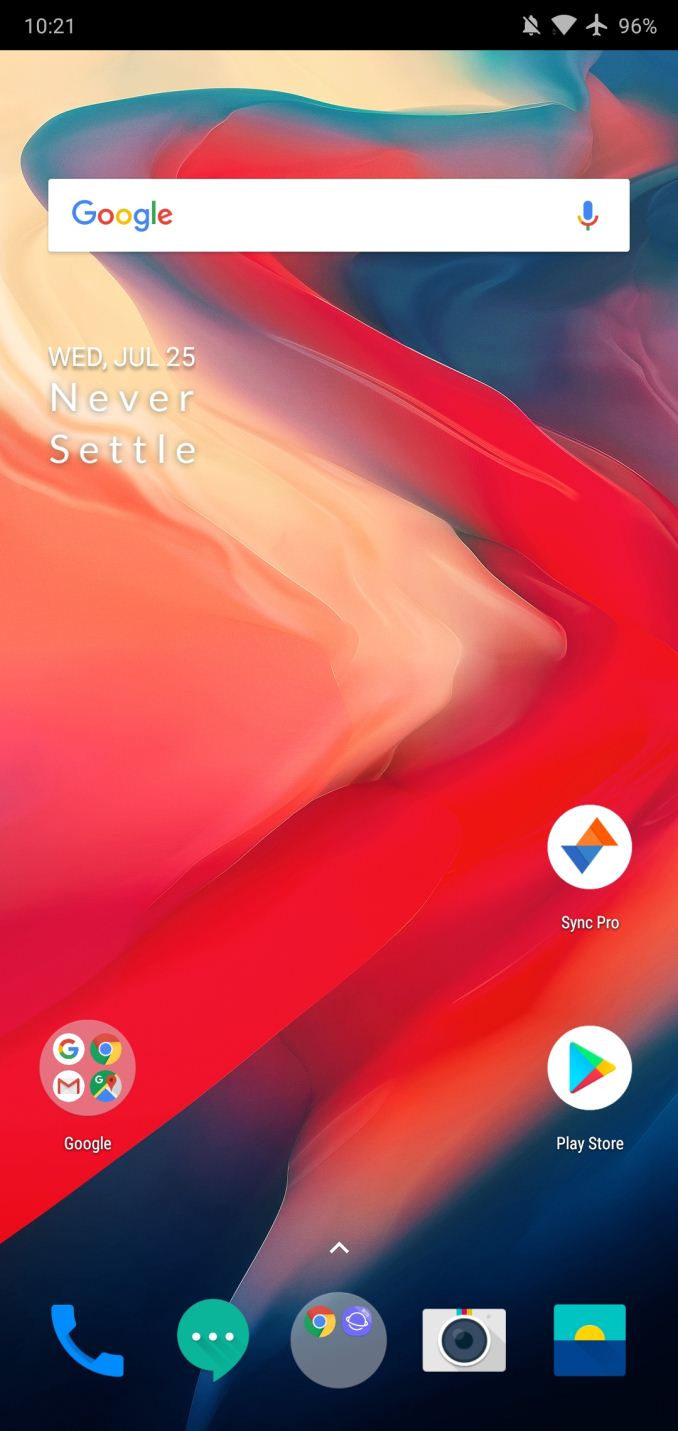
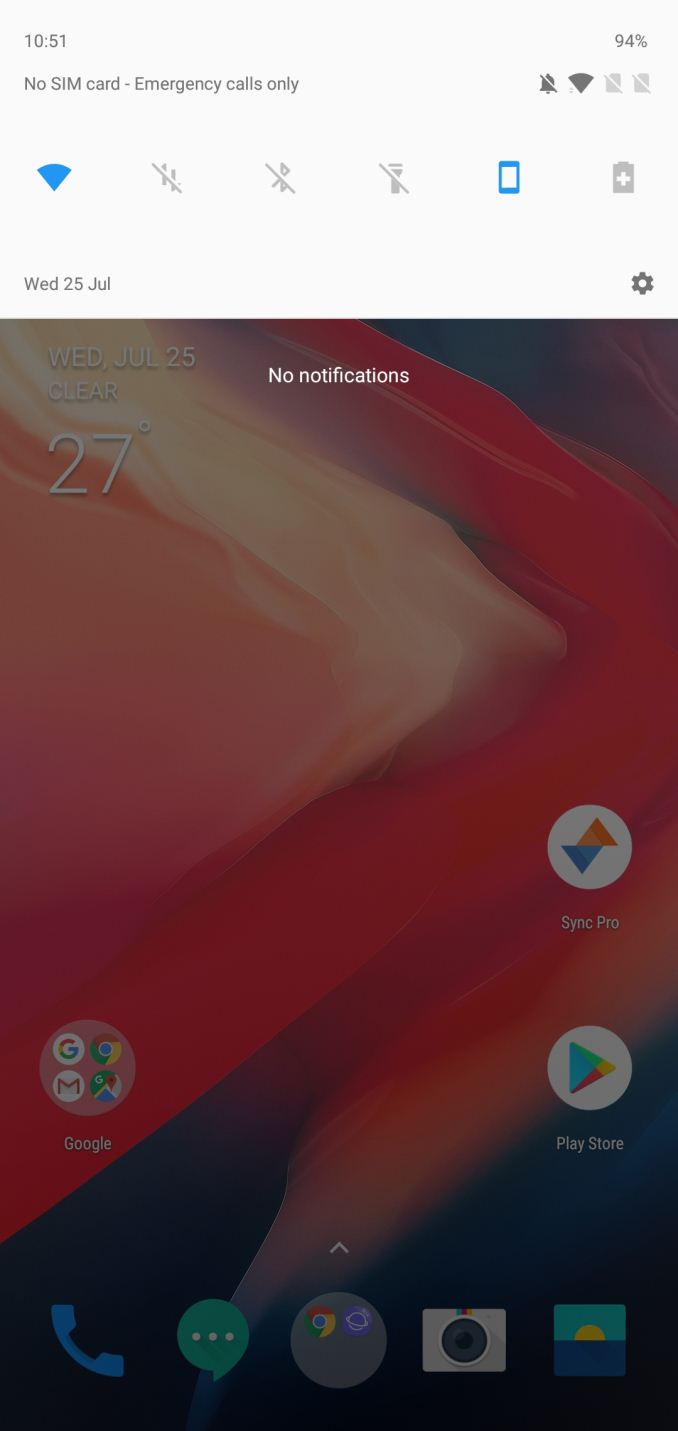
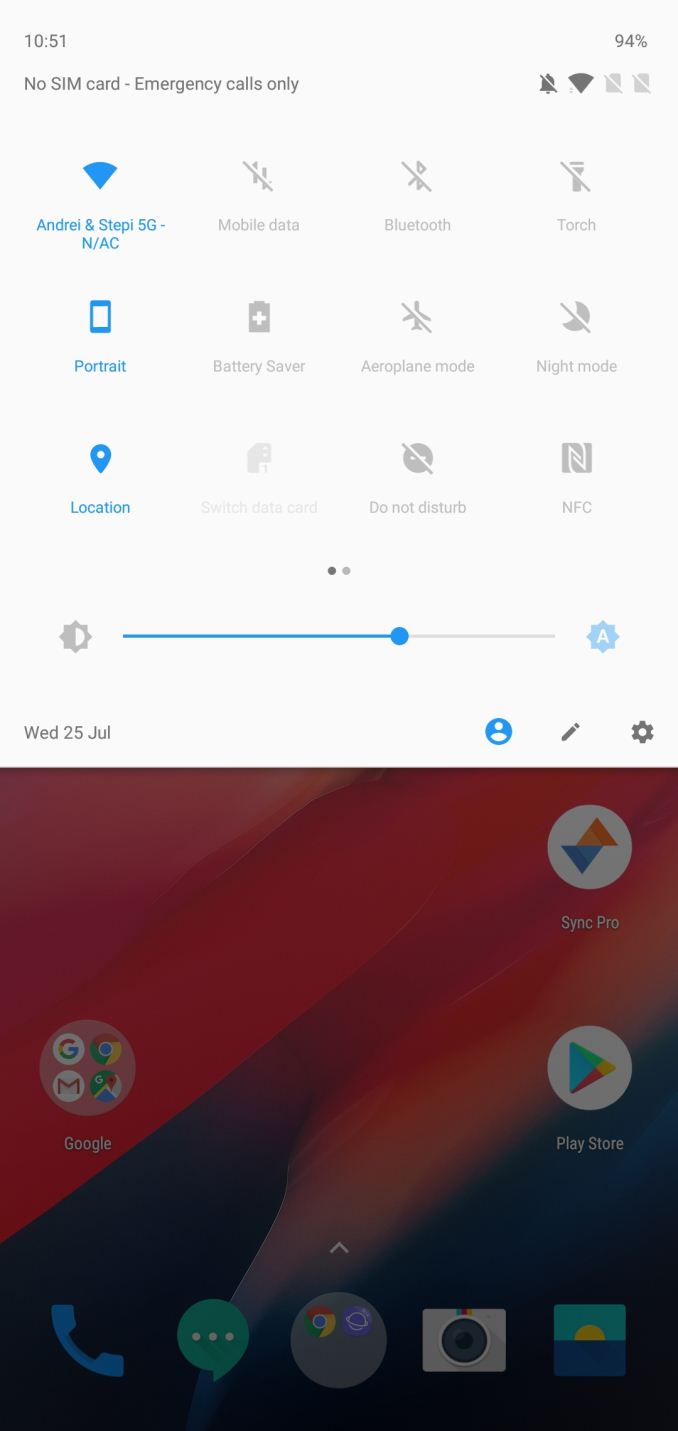
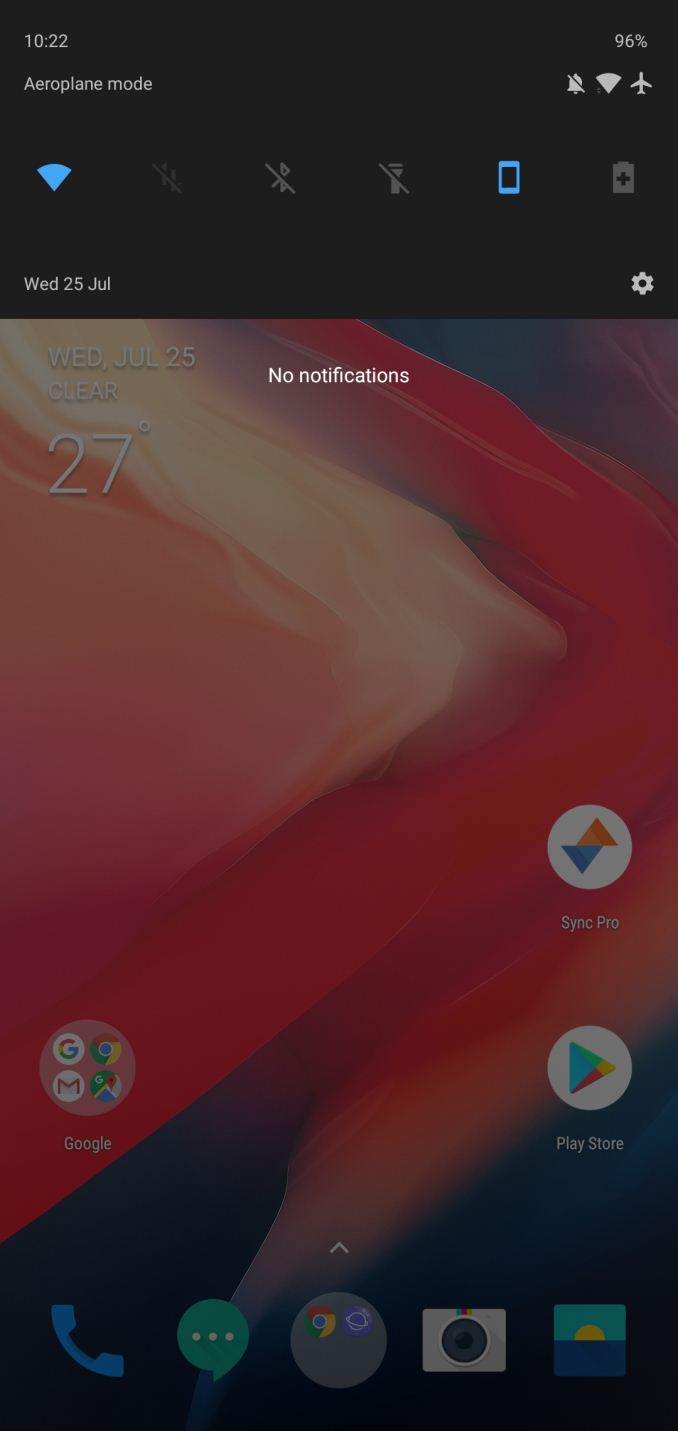
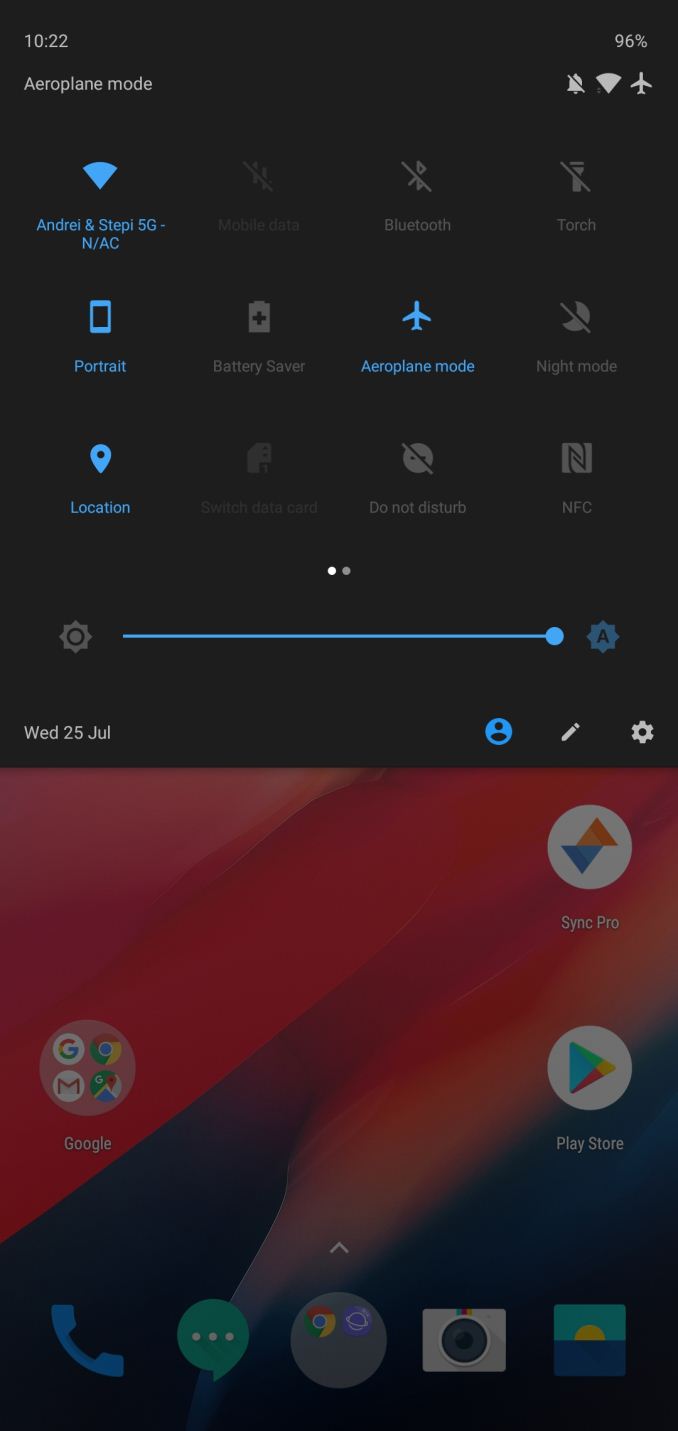
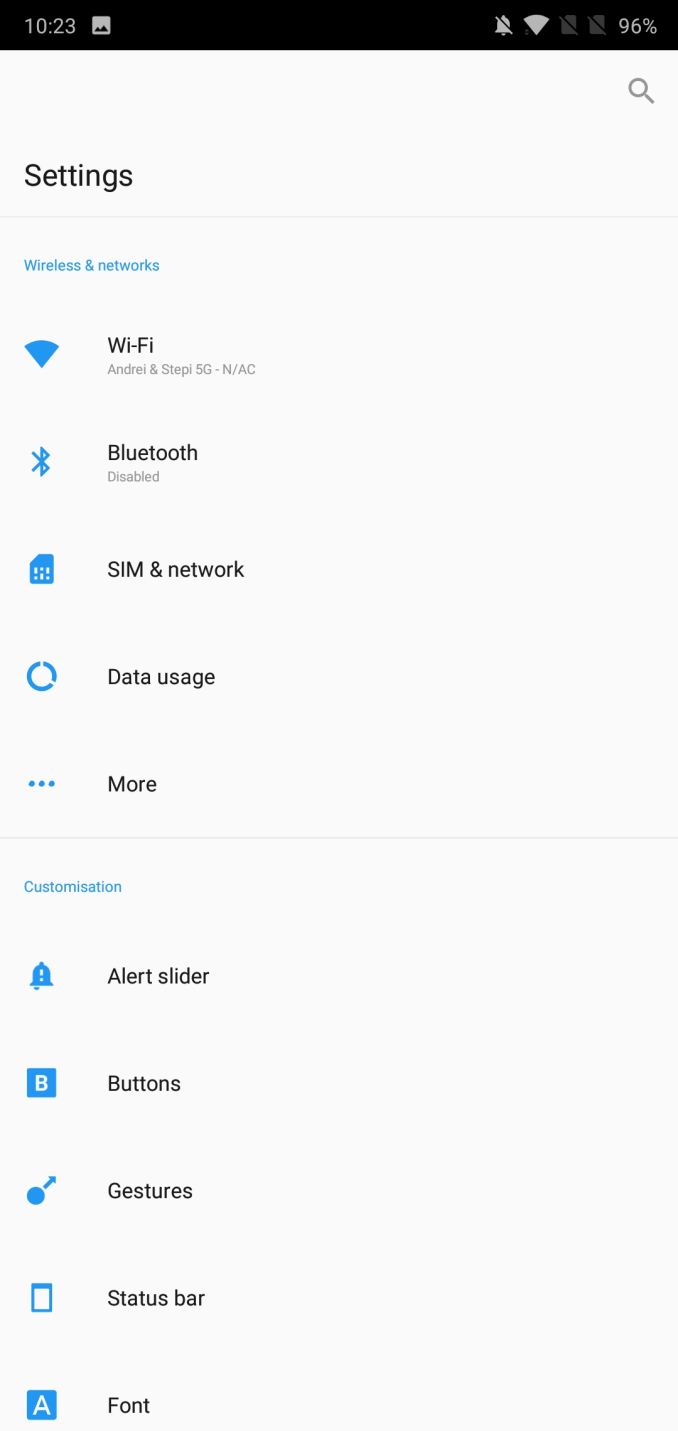
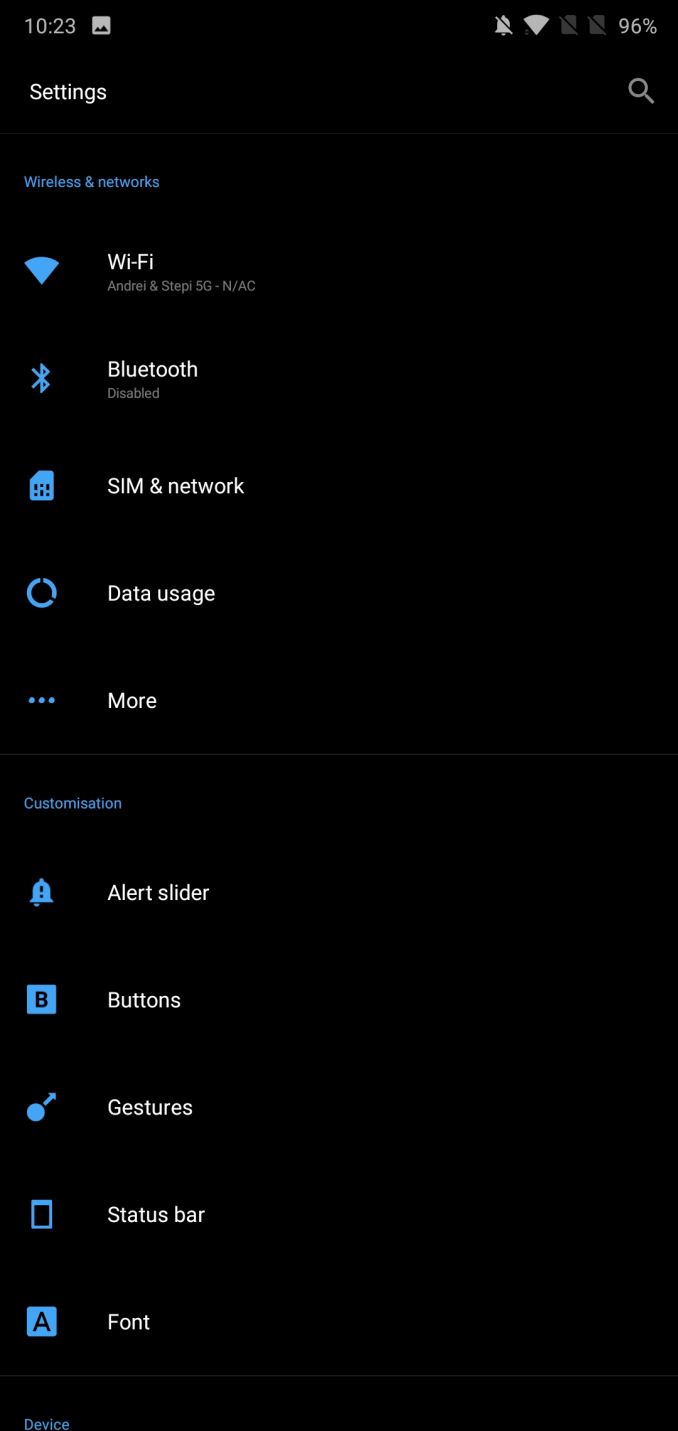
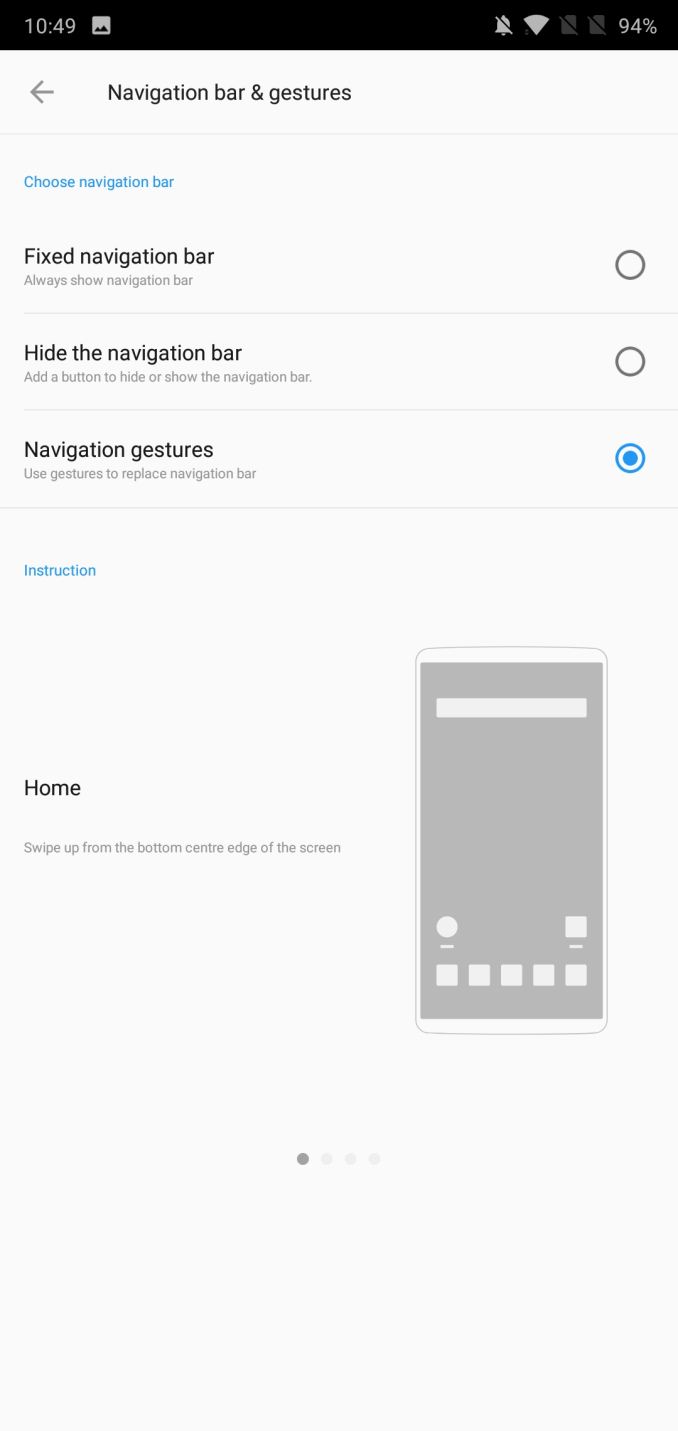
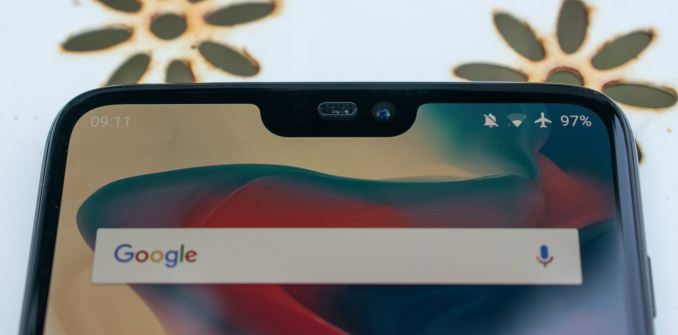
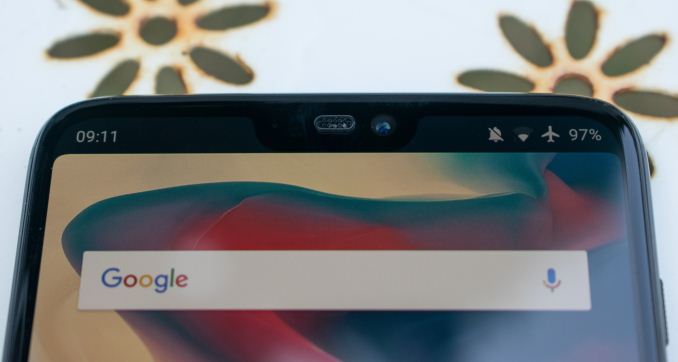








90 Comments
View All Comments
Teckk - Friday, July 27, 2018 - link
Battery is not user replaceable, needs surgery. Do flagships have user replaceable battery these days?SpaceRanger - Friday, July 27, 2018 - link
Sadly, no. :( I do not like the fact I can't easily replace the battery with these newer flagship phones.PeachNCream - Friday, July 27, 2018 - link
It's reasonable to assume that a glass back always implies a surgical procedure for battery replacement. User-removable panels tend to flex and are usually held in place with some sort of friction clips which just don't work when glass is selected as the material of choice.James5mith - Friday, July 27, 2018 - link
The only thing I wish for on my OP6 is the google dialer.TheCurve - Friday, July 27, 2018 - link
Great review, Andrei! Thank you!Xex360 - Friday, July 27, 2018 - link
Notch=useless phone, I still don't understand companies copying only the rubbish that comes from Apple, why don't they copy their performance, their screen quality... Etc. Worse for this phone I often found the S9 a far superior phone with much better screen and design (you get the fragility of glass but with the benefit of wireless charging), one of the best cameras out there... Etc for nearly the same price. They should get their act together and build a phone for more reasonable price and remove the stupid notch.Andrei Frumusanu - Friday, July 27, 2018 - link
As I've explained in the review, I've found the notch to not be detrimental and such a reaction seems pure overreaction.Xex360 - Saturday, July 28, 2018 - link
What bothers me the most isn't the notch as such (even though it's awful especially in person at least for me), removing jack port is just evilly stupid, but why lot of Android manufacturers copy it from Apple (small players excluded, I can see some benefits for looking like an iPhone, I yes I know Apple weren't the first to do it), why not instead (in this case) copy the X's excellent screen, wireless charging, faster experience I'm not talking about the SOC (even though Samsung should be able to compete) but by just rooting and removing some apps I made lots of Android phones much faster. Coming from OnePlus I was even more disappointed, I was waiting for some special not just copying the worse of others for a high price, especially that you can get the SO for just 30euros more.timecop1818 - Sunday, July 29, 2018 - link
> faster experience I'm not talking about the SOC (even though Samsung should be able to compete)because it's Android, its just garbage by design. And the real problem is software "developers" who write apps, using shitty cross-platform toolkits to run it on both apple and Android.
you know what cross platform actually means in reality? "Shitty on every supported platform".
Dazedconfused - Sunday, July 29, 2018 - link
I don't get this comment. There are more than a few comparisons between recent Android phones and the Xin everyday use situations that show Android being at least as fast in most tasks (even with a synthetically slower SOC)